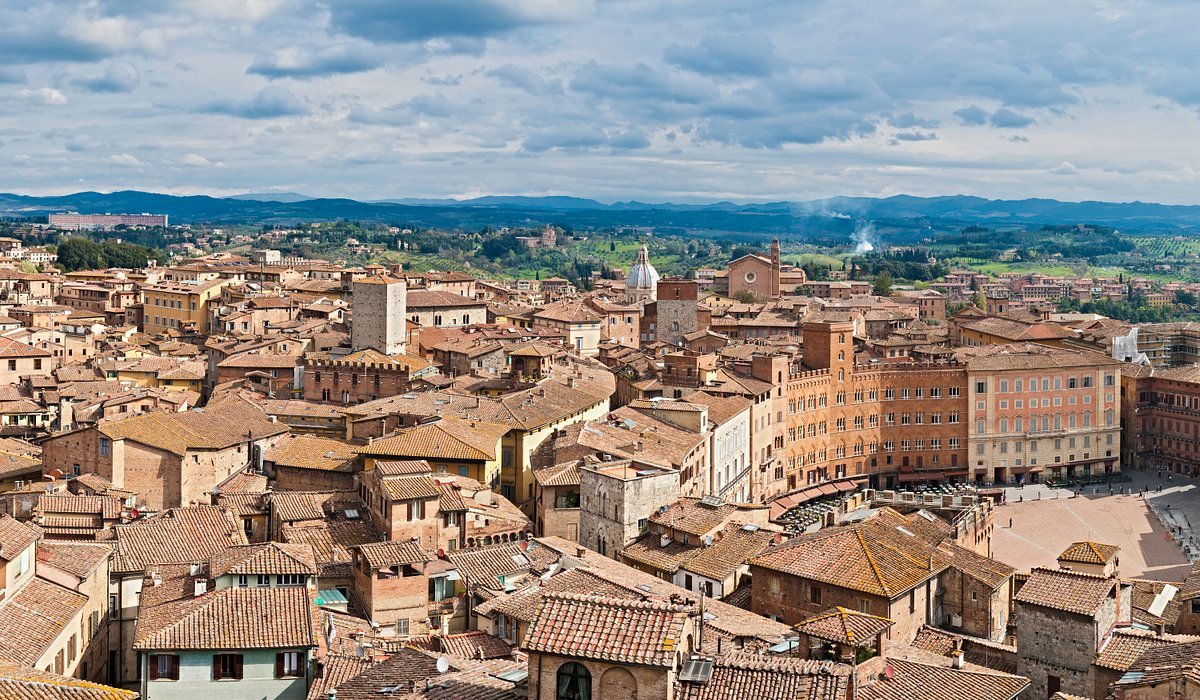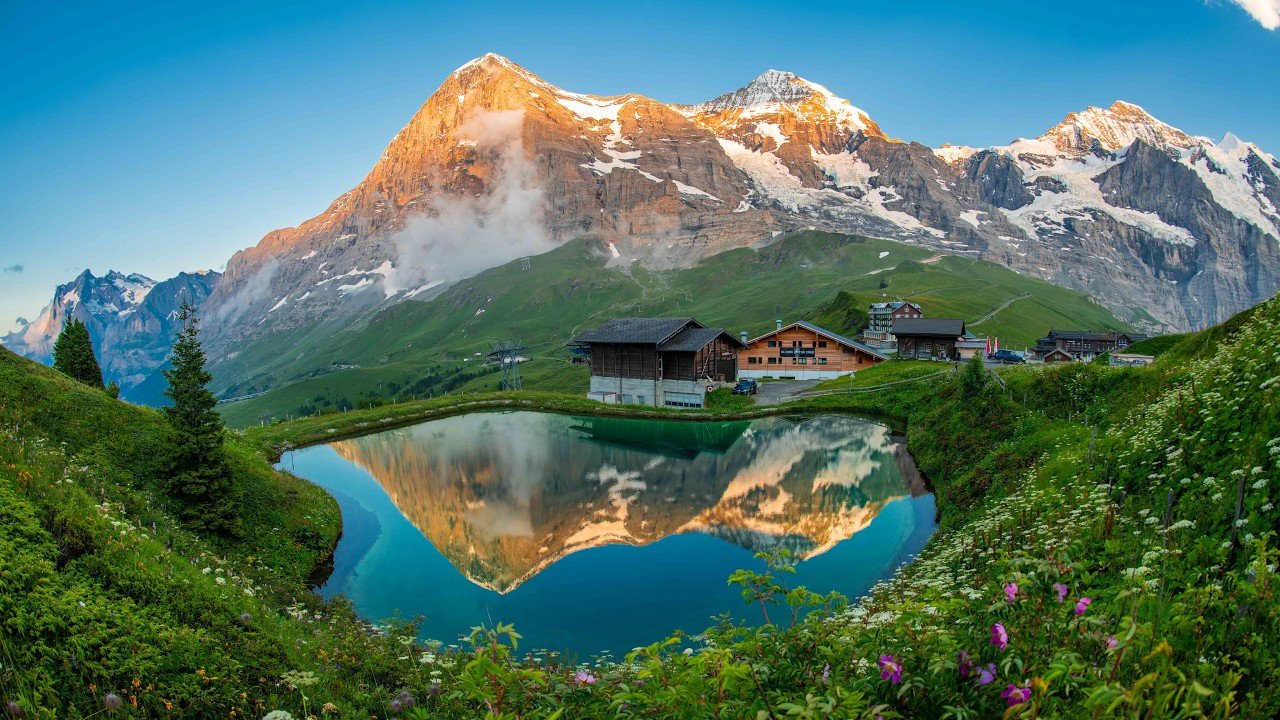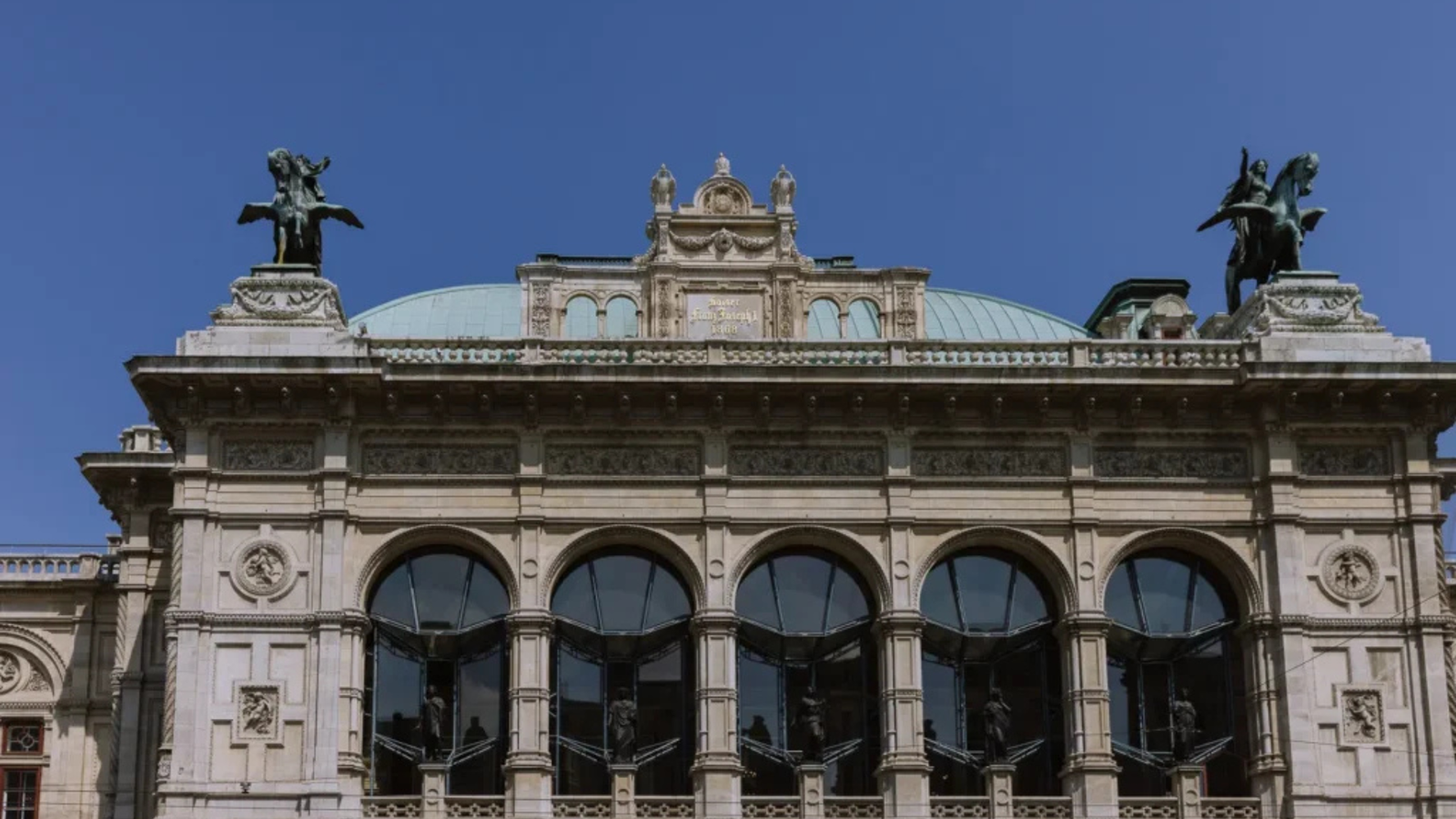Siena, nestled in the heart of Tuscany, is a living testament to Italy’s medieval past, where Gothic architecture, vibrant traditions, and a rich cultural heritage converge. Known as Italy’s best-preserved medieval city, Siena captivates with its UNESCO World Heritage-listed historic center, centered around the fan-shaped Piazza del Campo. This enchanting city, with a population of 53,000, rivals Florence in artistic splendor but offers a more intimate, less crowded experience. From the soaring Siena Cathedral to the historic Palio horse race, Siena’s cobblestone streets and ochre-hued buildings transport visitors to a bygone era. This guide presents the 15 essential things to do in Siena in 2025, organized into a weekend itinerary with a map description to navigate its medieval lanes, ensuring an unforgettable journey through Tuscany’s cultural gem.
Why Siena?
Siena’s allure lies in its preserved medieval charm, where 13th-century walls encircle a labyrinth of narrow streets and historic palazzi. Once a powerful city-state rivaling Florence, Siena thrived as a banking and trade hub in the Middle Ages, leaving a legacy of Gothic art and architecture. Its Piazza del Campo, one of Europe’s most beautiful squares, hosts the Palio, a thrilling horse race held twice yearly, embodying the city’s fierce contrada (neighborhood) spirit. Beyond its landmarks, Siena offers culinary delights like pici pasta and ricciarelli biscuits, scenic countryside views, and a vibrant arts scene. This itinerary maximizes a weekend visit, balancing iconic sites with hidden treasures, and provides practical tips to navigate Siena’s seasonal nuances and compact layout.
Getting to Siena
Siena is easily accessible from Florence, 75 km north. The nearest airport is Florence’s Amerigo Vespucci (FLR), with flights from Rome (~$50–$100, 50 minutes) or European hubs like Paris (~$100–$200). From Florence, take a Regionale train (1.5 hours, $8–$12) or a Tiemme bus from Via Santa Caterina da Siena (1 hour 15 minutes, $8–$10) to Siena’s Piazza Gramsci. High-speed trains from Rome (3 hours via Florence, $20–$50) or buses from Siena’s station connect to other Tuscan towns like San Gimignano ($6–$10). Driving from Florence (1 hour) incurs ~$5 in tolls, but parking outside Siena’s ZTL (limited traffic zone) costs $2–$5/day—try Stadio or Fortezza lots. Siena’s historic center is pedestrian-only, with buses ($1.50) or taxis ($10–$15) for short trips. Renting a bicycle (~$15/day) is ideal for countryside exploration. The Siena Card ($30, 3 days) offers discounts on major attractions.
Map of Siena
Siena’s historic center is a compact, walled oval, roughly 1.5 km across, centered on Piazza del Campo. The square anchors the city, with the Duomo 5 minutes northwest, Palazzo Pubblico adjacent, and Santa Maria della Scala nearby. The Basilica of San Domenico is 10 minutes west, while San Francesco and Porta Romana are 10–15 minutes east. Contrada museums and quieter streets like Via del Porrione lie within a 10-minute walk. The Fortezza Medicea and countryside vineyards are 15–20 minutes north or south by bus or bike. Use Google Maps or pick up a free map at the tourist office in Piazza del Campo.
Day 1: Iconic Landmarks and Piazza del Campo
1. Explore Piazza del Campo
Begin at Piazza del Campo, Siena’s heart, a shell-shaped square surrounded by medieval palazzi. Admire the Fonte Gaia, a 15th-century fountain, and the Torre del Mangia, a 102-meter tower offering panoramic views ($10, 400 steps). Spend 30 minutes soaking in the square’s vibrant atmosphere, where locals gather and tourists linger at cafés.
2. Visit Palazzo Pubblico and Civic Museum
Enter the Palazzo Pubblico, Siena’s 13th-century town hall, housing the Civic Museum ($9, $6 with Siena Card). Marvel at Ambrogio Lorenzetti’s Allegory of Good and Bad Government frescoes, a masterpiece of secular medieval art. Allow 1 hour to explore the ornate rooms and council chambers.
3. Climb Torre del Mangia
Ascend the Torre del Mangia for sweeping views of Siena’s terracotta rooftops and Tuscan hills ($10, included with Civic Museum ticket). The climb is strenuous but rewards with unforgettable vistas. Book timed slots to avoid crowds.
4. Siena Cathedral (Duomo)
Walk 5 minutes to the Cattedrale di Santa Maria Assunta, a Gothic masterpiece with a black-and-white marble facade ($8–$20, depending on access). Explore the interior’s striped columns, Pisano’s pulpit, and Bernini’s chapel. The Piccolomini Library, with Pinturicchio’s vibrant frescoes, is a highlight ($2 extra). Book the OPA SI Pass ($20) for full access, including the cathedral’s roof tour.
5. Lunch at Osteria Il Grattacielo
Dine at Osteria Il Grattacielo, a tiny, family-run spot near the Duomo, serving pici cacio e pepe (hand-rolled pasta with cheese and pepper, ~$8–$12). Pair with a glass of Chianti Colli Senesi (~$5). Arrive early to secure a table.
6. Santa Maria della Scala
Visit Santa Maria della Scala, a former hospital opposite the Duomo, now a museum complex ($9, $6 with Siena Card). Explore its frescoed Pellegrinaio Hall, archaeological exhibits, and underground tunnels. Allow 1–1.5 hours for this cultural gem.
7. Evening at Enoteca I Terzi
End your day at Enoteca I Terzi, a wine bar near Piazza del Campo, offering Tuscan charcuterie and Brunello di Montalcino wines (~$15–$25). Enjoy the cozy ambiance or reserve a table for a multi-course dinner. Stroll the illuminated Campo afterward, savoring Siena’s medieval charm.
Day 2: Contradas, History, and Culinary Arts
8. Basilica of San Domenico
Start at the Basilica of San Domenico, a 10-minute walk west, known for its relic of St. Catherine of Siena’s head and finger (free entry). The Gothic interior and views of the Duomo make it a serene stop. Spend 30–45 minutes.
9. Contrada Museum Visit
Explore one of Siena’s 17 contrada museums, like the Contrada della Torre or Lupa ($3–$5). These small museums showcase Palio banners, costumes, and neighborhood pride. Learn about the Palio, held July 2 and August 16, where contradas compete in a historic horse race. Check opening hours, as some require appointments.
10. Mercato del Campo
Visit the weekly market in Piazza del Campo (Saturdays, 8:00 AM–1:00 PM), offering local cheeses, truffles, and Sienese sweets like ricciarelli (~$2–$5). Sample panforte, a spiced fruitcake, for a taste of tradition.
11. Lunch at La Taverna di San Giuseppe
Dine at La Taverna di San Giuseppe, a 5-minute walk from the Campo, serving ribollita and wild boar stew (~$12–$20). Its stone-vaulted cellar and extensive wine list create a memorable experience. Book ahead.
12. Pinacoteca Nazionale
Walk 5 minutes to the Pinacoteca Nazionale, Siena’s premier art gallery, showcasing 13th–16th-century Sienese paintings by Duccio and the Lorenzetti brothers ($8, $4 with Siena Card). Spend 1 hour admiring Gothic and Renaissance masterpieces.
13. Cooking Class or Wine Tasting
Join a cooking class at Scuola di Cucina di Lella to learn pici pasta or cantucci biscuits ($60–$100). Alternatively, book a wine tasting at Enoteca Italiana in Fortezza Medicea, sampling Vernaccia and Chianti (~$20–$40). Both offer a taste of Tuscan culture.
14. Basilica of San Francesco
Visit the Basilica of San Francesco, 10 minutes east, with its serene cloisters and Lorenzetti frescoes (free entry). The adjacent Oratory of San Bernardino ($3) displays Sienese art and hosts occasional concerts.
15. Evening at Fortezza Medicea
Conclude at Fortezza Medicea, a 15-minute walk north, for sunset views over Siena’s skyline (free entry). Enjoy an aperitivo at a nearby bar like Bar Il Palio, sipping an Aperol Spritz (~$6–$10). If visiting during the Palio, check for contrada celebrations or flag-throwing performances in the Campo.
Navigating Siena: Map Description
Siena’s historic center is a compact oval within medieval walls, centered on Piazza del Campo. The Duomo and Santa Maria della Scala are 5 minutes northwest, San Domenico 10 minutes west, and San Francesco 10 minutes east. The Pinacoteca and contrada museums are within a 5–10-minute walk from the Campo. Fortezza Medicea is 15 minutes north, while countryside vineyards like Dievole (20 km south) require a bus or car. Most sites are within a 1.5-km radius, walkable in 15–20 minutes. Use the Siena Turismo app or grab a map from the Piazza del Campo tourist office.
Practical Tips for Your Siena Adventure
- Best Time to Visit: April–May or September–October offer mild weather (60–75°F) and fewer crowds. Summer (June–August) is hot (80–90°F) and busy, especially during Palio. Winter (December–February) brings lower prices but some closures.
- Packing Essentials: Comfortable shoes for cobblestones, modest clothing for churches, and a light jacket for evenings. Bring euros for small vendors and market purchases.
- Budgeting: Expect $80–$150/day per person for meals, activities, and transport. Budget hotels like Hotel Athena (~$80–$150) or B&Bs (~$50–$100) save costs. The Siena Card ($30) covers major sites.
- Getting Around: Walk the historic center or use buses ($1.50, buy at tabaccherie). Taxis (~$10–$15) are useful for Fortezza or countryside trips. Avoid driving in the ZTL to prevent fines.
- Etiquette: Greet with “Buongiorno” (morning) or “Buonasera” (evening). Cover shoulders and knees in churches. Tip 5–10% at restaurants if service isn’t included.
- Sustainability: Support artisans by buying local ceramics or ricciarelli. Use reusable water bottles and respect historic sites by not touching frescoes.
- Palio Tips: If visiting during Palio (July 2 or August 16), book accommodations 6–12 months ahead. Free standing spots in Piazza del Campo fill early; balcony seats cost $100–$300.
Why Siena?
Siena is a time capsule, where medieval towers, Gothic cathedrals, and contrada traditions create an immersive experience. The Piazza del Campo’s vibrant energy, the Duomo’s artistic splendor, and the rolling Tuscan hills offer a perfect blend of history and beauty. Whether savoring pici in a rustic osteria, climbing Torre del Mangia for panoramic views, or joining locals in Palio fervor, Siena captivates the soul. Plan your 2025 visit to discover why this medieval city remains Tuscany’s beating heart.




